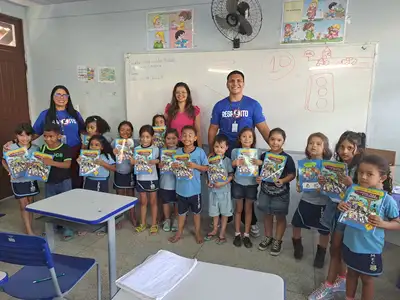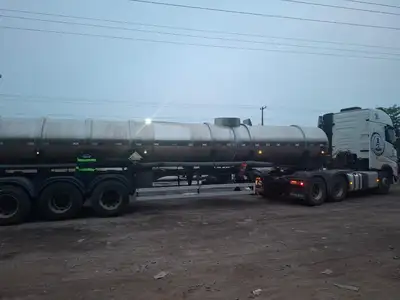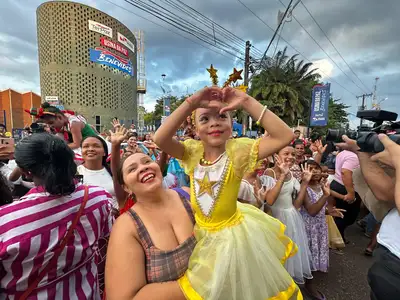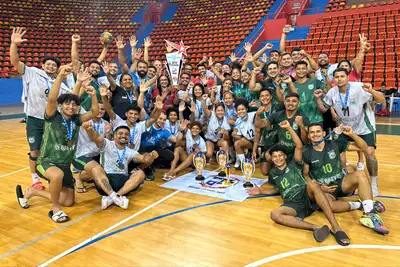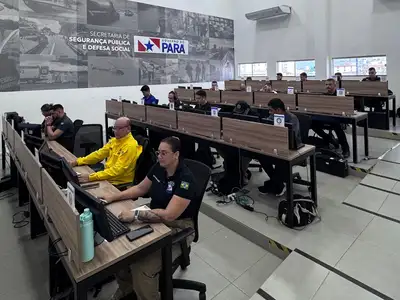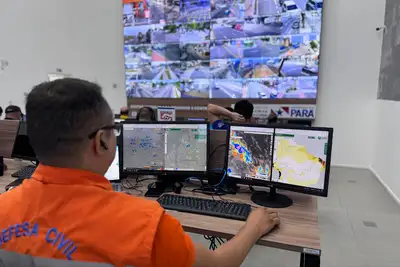Mangrove transforms the coastal zone of Pará into a model of socio-bioeconomy
State Law approved in 2020 helped to consolidate more than 29 conservation units, which maintain over 90% of the integrity of this biome

During the panel held on Wednesday (12), at the Pará Pavilion of COP30, the Deputy Secretary of Environmental Management and Regularity of Semas, Rodolpho Zahluht Bastos, highlighted the role of mangroves and coastal communities in building a new model of sustainable and inclusive development in Pará.
The panel "From mangrove to table: networks that connect ocean and socio-bioeconomy in the Amazon coastal zone," held at the Pará Pavilion (Seringueira Room), brought together public managers, researchers, and representatives of extractive communities to discuss strategies that unite environmental conservation, income generation, and social innovation. Representing the Secretary of Environment, Climate, and Sustainability (Semas), the deputy secretary reinforced that the coastal zone needs to gain prominence in sustainability agendas.
"Pará is a state of diverse realities. The debate about the Amazon usually focuses on forests, but the coastal zone is still little visible, even in the dialogue about financing. Our challenge is to make funders see Pará also as a coastal territory, which houses communities and ecosystems fundamental to environmental balance," he stated.
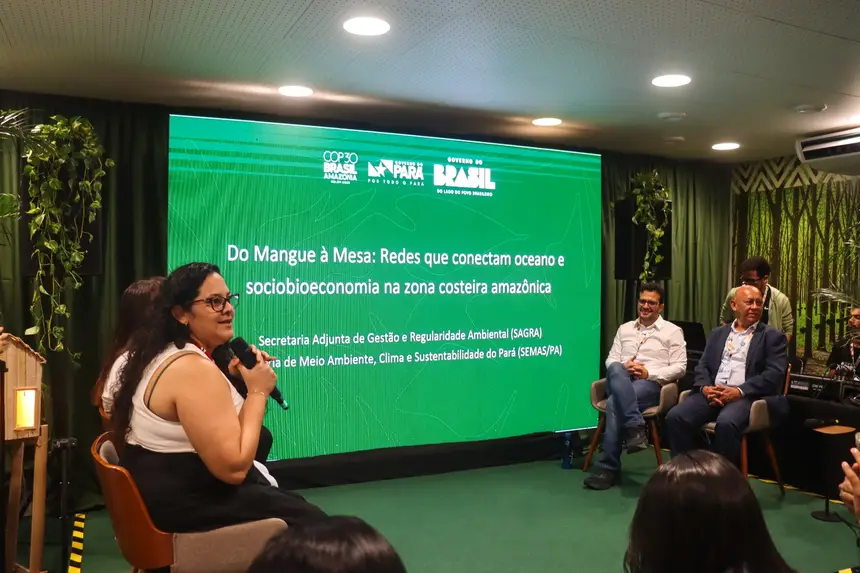
Strengthening the coastal zone - Rodolpho highlighted that Pará has 47 municipalities in the coastal zone, housing the largest continuous stretch of mangroves in the world and the largest fluvial-maritime archipelago on the planet, Marajó. "About 40% of the Pará population lives in this zone. It is a strategic area for sustainable development and needs to be at the center of public policies," he reinforced.
He recalled that the State Coastal Management Law (Law No. 9.064), approved in 2020, strengthened environmental governance and helped consolidate more than 29 conservation units, which maintain over 90% of the integrity of the mangroves. "It is one of the highest preservation rates on the planet, resulting from integrated, shared, and participatory management between the State, ICMBio, and coastal communities," pointed out the secretary.
Projects that generate local impact - among the highlighted actions are the delivery of two thousand oyster pillows produced by extractive communities and the arrival of a community boat that facilitates transportation between producing localities.
"These initiatives show that the State is committed to scaling sustainable production and ensuring autonomy for communities that live from oyster farming," said Rodolpho.
The secretary announced the second phase of the project in the Aquavila community, in Curuçá, with the implementation of a bioindustry for processing oyster farming, aimed at strengthening productive activity and increasing local income generation.
"This bioindustry will be the cherry on top, as it will allow communities to expand their productive scale and enhance their products within the coastal socio-bioeconomy," he highlighted.

He also presented the rainwater harvesting project in the Combu Archipelago, which ensures the supply of treated and chilled water to schools in the region, contributing to the appreciation of local communities and strengthening nature-based solutions (NbS) in the coastal zone.
The participation of Semas in the panel is part of the official programming of the State Government in the Green Zone of COP30, reinforcing Pará's commitment to promoting public policies aimed at bioeconomy, sustainability, and the appreciation of traditional communities that live and produce in the Amazon coastal zone.
Text: Lucas Maciel/ Ascom Semas



